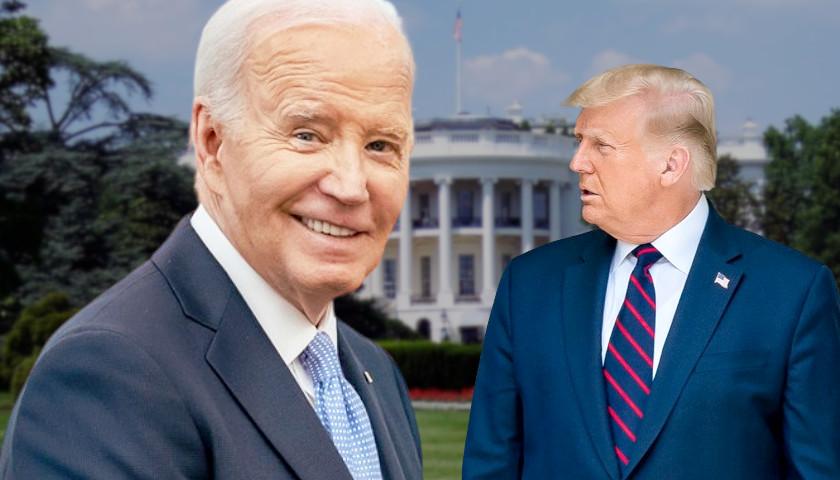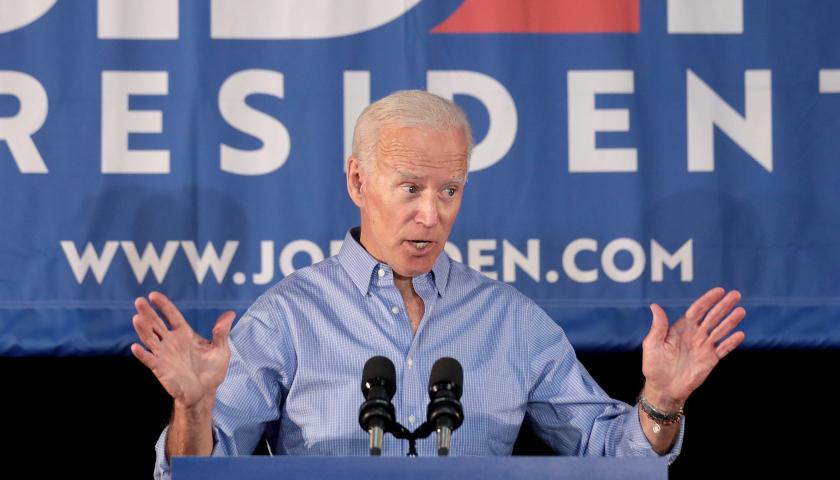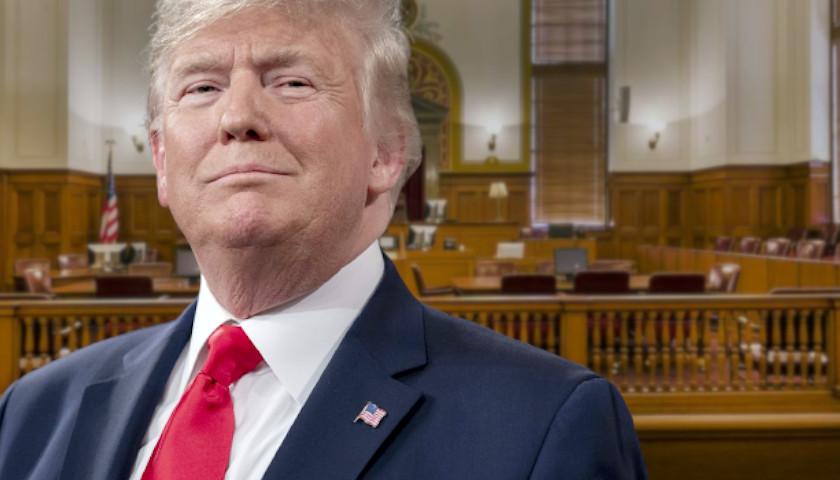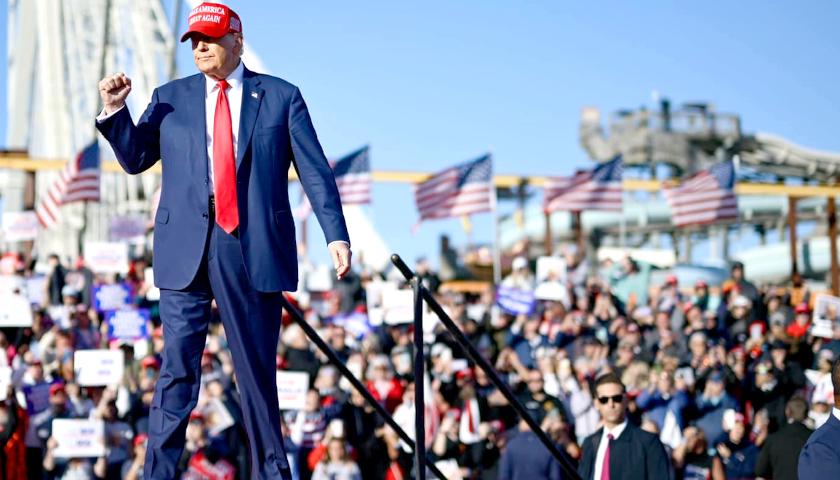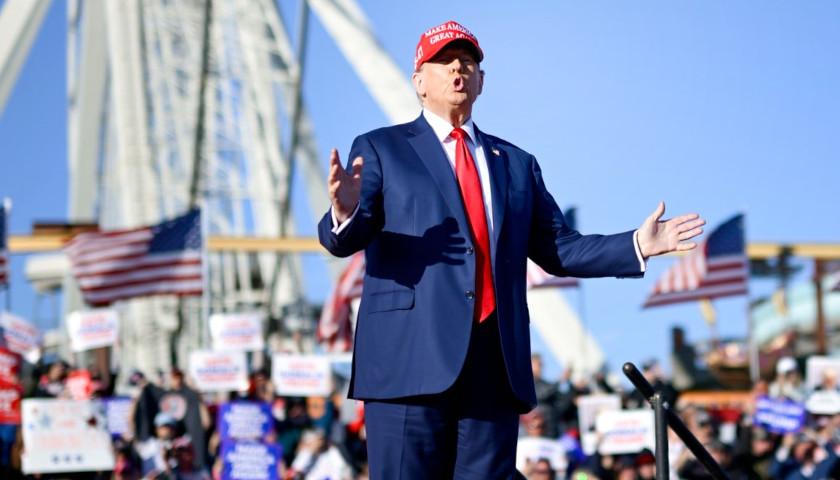by Eric Lendrum
A new report claims that the Biden Administration is attempting to implement federal regulations that will be difficult to reverse by a future president, as polls increasingly suggest that Joe Biden will lose the November election to former President Donald Trump.
According to the Daily Caller, the report says that President Trump plans to sign multiple resolutions under the 1996 Congressional Review Act if he wins a second term, aimed at reversing many of Biden’s regulations. In response, officials in the Biden White House are examining methods to make regulations more permanent or harder to undo.
“They’re all looking back to what happened in 2017 and thinking, ‘That could repeat itself in 2025,’” Steven Balla, co-director of George Washington University’s Regulatory Studies Center, told the Wall Street Journal.
“When re-elected, President Trump will immediately cut Joe Biden’s burdensome regulations, unleash our domestic energy industry, and implement a pro-worker agenda that will uplift all Americans,” said Trump campaign spokeswoman Karoline Leavitt.
Biden officials anonymously told the WSJ that they have until the end of May to enact regulations before Trump could undo them in a second term. The Congressional Review Act (CRA) gives Congress the authority to review policies and regulations that are enacted by the executive branch; this act is often used during a transition period between two administrations.
Regulations introduced within 60 work days of the end of the current congressional session could be targeted by the next Congress, especially if Republicans regain control of the Senate and maintain a majority in the House. As such, the Biden Administration is rushing to enact as many new regulations as possible during the spring.
Previously, the CRA had only been used once since its introduction, when George W. Bush overturned a regulation implemented by his predecessor, Bill Clinton. President Trump then used the law 16 different times to undo rules enacted by the Obama Administration. Biden, meanwhile, has used it only three times since taking power.
Most polls show President Trump leading Biden nationally and in most major swing states. CNN currently has President Trump leading in Georgia, Michigan, and Nevada, thus putting him at 272 electoral votes; a recent national CNN poll had Trump up by 9% over Biden, along with third-party candidates Robert F. Kennedy Jr., Jill Stein, and Cornel West.
– – –
Eric Lendrum reports for American Greatness.
Photo “Joe Biden” by President Joe Biden.

